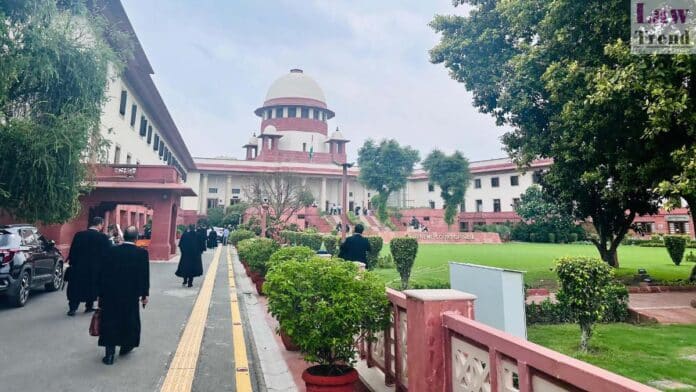The Supreme Court of India has acquitted two men, one of whom was on death row, for the 2012 gang rape and murder of a 12-year-old girl, holding that a DNA report becomes a “piece of trash paper” if the prosecution fails to prove the collection of blood samples in evidence. A bench of Justices
To Read More Please Subscribe to VIP Membership for Unlimited Access to All the Articles, Download Available Copies of Judgments/Order, Acess to Central/State Bare Acts, Advertisement Free Content, Access to More than 4000 Legal Drafts( Readymade Editable Formats of Suits, Petitions, Writs, Legal Notices, Divorce Petitions, 138 Notices, Bail Applications etc.) in Hindi and English.







